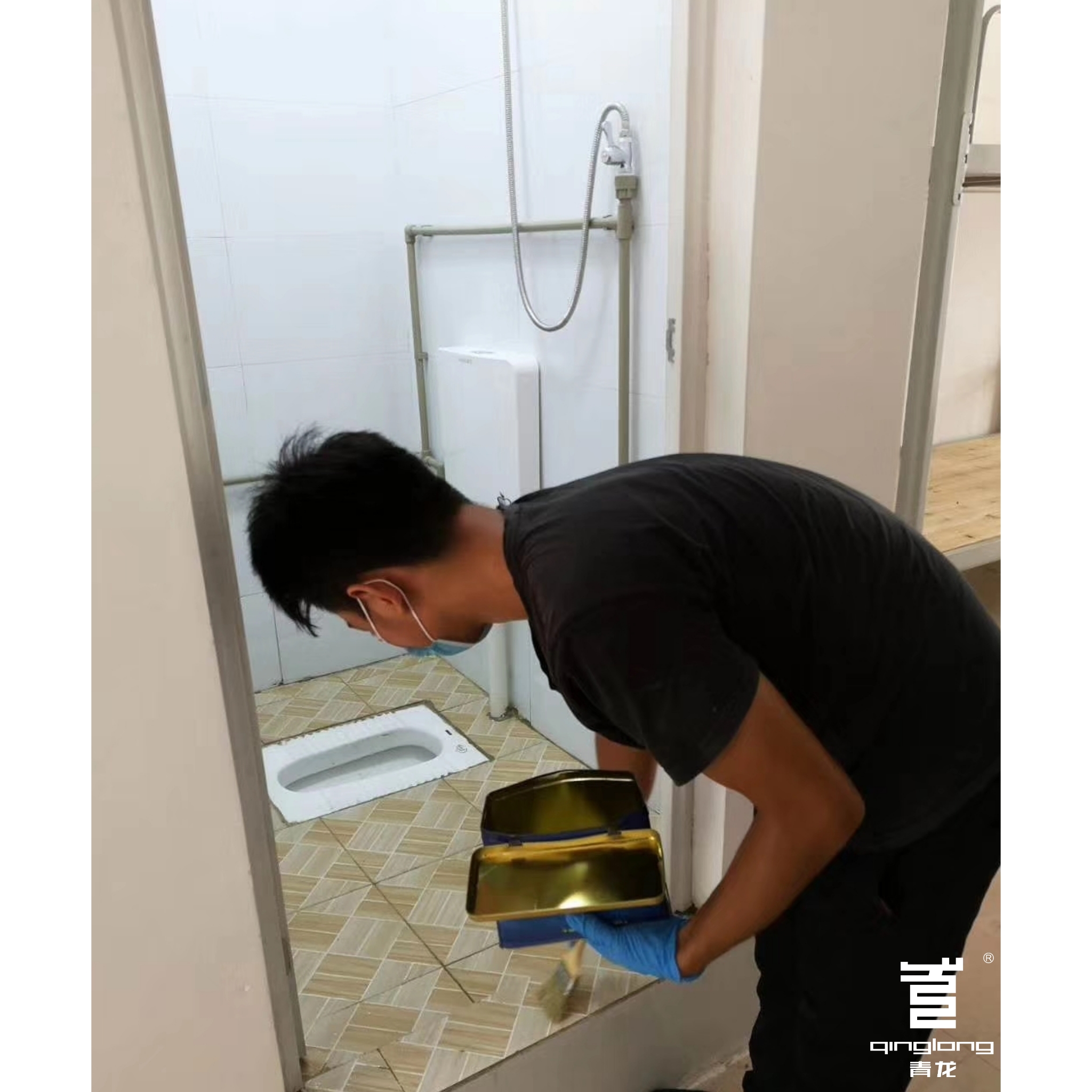Waterproof coatings for toilets are different from coatings used on other surfaces for a few reasons:
1. Exposure to water and chemicals:
Toilets are exposed to water, cleaning chemicals, and other substances on a daily basis. The coating used on a toilet must be able to withstand this constant exposure without degrading or deteriorating.

2. Sanitary considerations:
Toilets need to be kept clean and free of bacteria and other harmful microorganisms. The coating used on a toilet must be able to resist the growth of mold, mildew, and other bacteria, as well as be easy to clean and disinfect.

3. Slip resistance:
Toilets can be slippery when wet, which can be dangerous for users. The coating used on a toilet should have a slip-resistant surface to prevent accidents.

4. Appearance:
Toilets are often a visible part of a bathroom, and their appearance can impact the overall aesthetic of the space. The coating used on a toilet must be able to withstand wear and tear, resist stains, and maintain a clean and attractive appearance over time.

Because of these unique requirements, the coatings used on toilets are formulated specifically for this purpose, and are often different from coatings used on other surfaces in a bathroom or elsewhere in a building.




